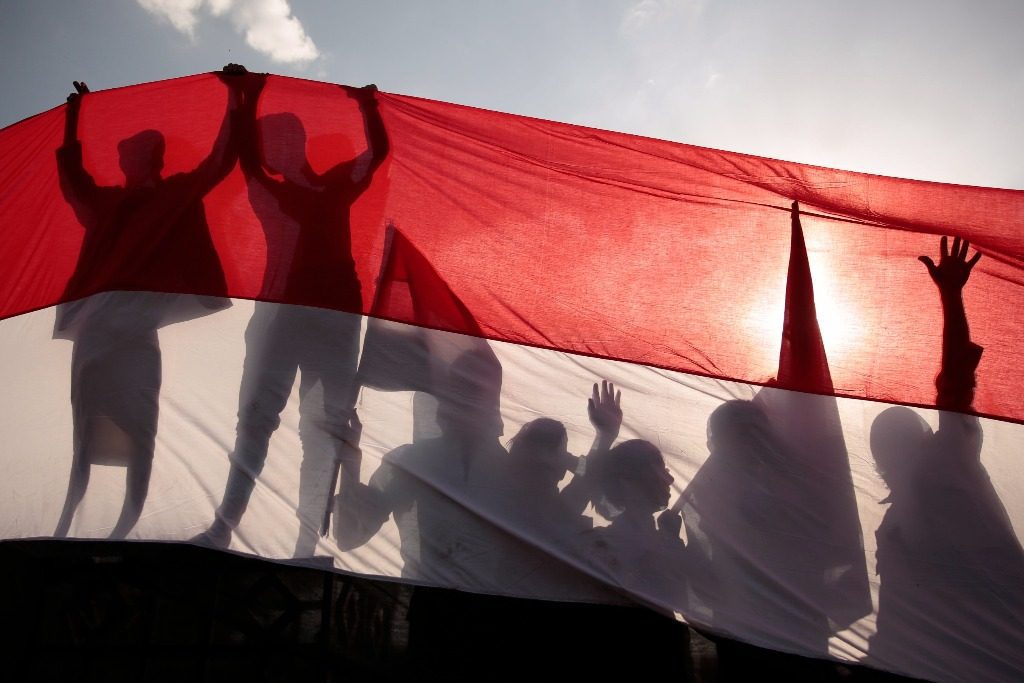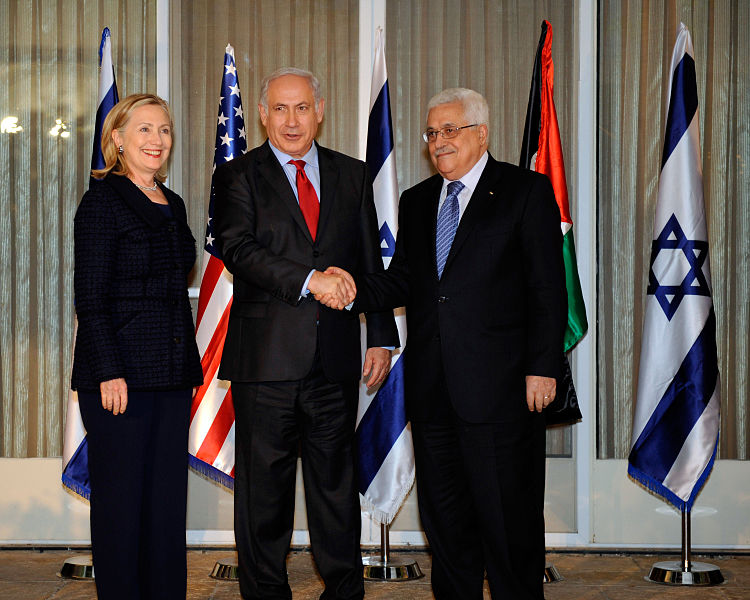Last month, Saudi Arabia extended its ceasefire in Yemen, citing humanitarian concerns due to COVID-19. For the first time in five years, the entire country is undergoing a cessation of hostilities. However, just a few months before, in late March and April, Houthi armies in Yemen launched a massive attack on the city of Al Hazm, bringing the global consensus over the rebel group’s decline into question.
The current United Nations report on activity in the region indicated that over 7,700 civilians have died preliminarily and over 800,000 were displaced. This prompted a surge in global activism and media coverage during the months of May and June. The tense shortage of foreign journalists in Yemen was quickly reversed as popular outlets like CNN, the Guardian, and Reporters Without Borders sent teams to cover the ongoing conflict. By now almost everybody has seen the photojournalism out of Yemen — images of skeletal children rummaging in rubble for food.
However, by July, as other recent events took over news cycles, the crisis in Yemen once again faded from the public consciousness, and there are, once again, only a handful of correspondents left. Meanwhile, the parallel conflict in Syria has been a staple in the public spotlight: unforgettable and always on the agenda. Western countries and populations always seemed to have an opinion and an active stance on Syria, yet allowed Yemen to slip into the background.
This lack of Western attention and presence begets certain questions. How does a full-blown conflict get swept under the rug by western media and governments? Was Yemen failed by poor public relations campaigns? Or was it more sinister? Perhaps there are certain actors to truly blame for maintaining the conflict, or not doing enough to stop it.
This article looks at three specific regional actors, the United States (along with two of its defense firms) and the United Nations to examine each of their motives and involvements to elaborate on their murky role in the ongoing Yemen crisis.
The crisis in Yemen began as a civil war with its origins in the Arab Spring movement of 2011, when the longtime authoritarian leader Ali Abdullah Saleh handed over power to a coalition led by his Prime Minister Mansour Hadi. This transition took place in the wake of popular uprisings against his 22-year regime known as the Yemeni Revolution. Immediately, the new president faced a slew of problems, not the least of which were jihadist and southern separatist rebellions born out of poverty, corruption and hunger. Saleh used this tension to attempt a retake of power, by banding together with Ansar Allah, another rebel group that had been fighting against Saleh for decades previously in a tenuous alliance, based on opportunism alone. They established a northern stronghold, and moved to brutally take over the capital of Sanaa in late 2014 and early 2015. Ansar Allah is now better known as the Houthis — the central rebels fighting today in the Yemeni crisis.
By this point, an alarmed Saudi Arabia and United Arab Emirates officially intervened in Yemen, with a force that was nominally multinational (but was mostly Saudi and Emarati soldiers), with the goal of stamping out the Houthis and restoring Hadi to power.
This is the second stop on the road to where Yemen is now. Why did Saudi Arabia, the UAE and some of the other Gulf Cooperation Council (GCC) nations intervene? Officially, it was because of humanitarian reasons. But it is widely accepted that their intervention was done for a geopolitical purpose – a game played between regional powers – which only served to inflate the Yemeni crisis.
The Houthis, which are Shia, represent a minority in Yemen. Shiism is one of two branches of Islam, practiced by over 10% of the world’s Muslims. The other branch, Sunnism, is dominant in the Islamic world and represents a majority in Saudi Arabia, the UAE and much of the Middle East. The two sects are in a seemingly irreconcilable schism, and there is tense religious tension between countries that adopt differing sects in the state religion.
This brings into play Iran, the only majority Shia country in the world. In the past, tensions across the Arab Gulf have been largely credited as stemming from this intra-faith tension, and the capture of Sanaa in 2015 could have been perceived by Saudi Arabia as the Iranians attempting to turn a former ally into a Shiite and pro-Iran outpost on its own borders. With Iran and Yemen situated on both of the two main chokepoints of the world’s most popular oil route, the strategic value of Yemen’s position remains invaluable to whoever holds sway in the country.
Over the past years, multiple third party observers, particularly in NATO and the Trump administration, have accused Iran of being involved in arming and supporting the Houthis. Iran has repeatedly denied involvement, however, citing an Obama-era U.S. intelligence assessment claiming no association between Iran and the Houthis. Yet, intercepted arms shipments, whistle-blowing from unnamed Iranian and Houthi officials and international estimates strongly suggest that Iran is arming the rebels, although the extent remains unclear. Saudi suspicion may be valid, given that Iran has a track record of supporting groups that have support with Shia populations, particularly Hezbollah.
Prior to Saudi intervention, Yemen’s civil war was likely going to end quickly in a Houthi victory, when Saudi Arabia and the UAE interpreted this impending win to be a threat to their hegemony in the region and invaded to maintain the geopolitical status quo, which had lost support even with many Yemeni Sunnis. By 2018, the Saudi blockade of Yemen created a massive famine that malnourished 18 million civilians and precipitated appalling humanitarian conditions in the region.
But there weren’t just regional powers involved in Yemen. The United States has been heavily involved with the war. At the beginning of the conflict in 2011, U.S. intelligence relied on the Houthis as key strategic allies in the region for the fight against Al Qaeda. However, when Saudi Arabia intervened, the Obama administration gave its support. This would be a crucial move. The US turned its back on its agent in the region to honor a, “70-year alliance,” and in doing so precipitated the conflict: Saudi Arabia’s air force, responsible for an overwhelming majority of the blockade, airstrikes, and bombings, is entirely dependent on American supply and technical expertise.
At the end of the day, it was not just a political decision, but likely an economical one: private defense contractors are making money from Saudi Arabia, their “most valuable customer abroad” ($115 billion in 2015). Lockheed alone signed multiple $3 billion supply deals with Saudi Arabia and the UAE in recent months. Under the Trump administration not only has America signed an unprecedentedly large 350 billion dollar arms deal with Saudi Arabia, but Raytheon, a leading American defense company, has managed to elevate its chief lobbyist, Mark Esper, to the position of Secretary of Defense. Estimates suggest that Raytheon-supplied military technology has directly resulted in the deaths of 100,000 Yemeni people.
The UN’s actions have been limited. In early 2018, it seemed as though Yemen would enter an irrecoverable state of conflict, as the fighting reached Hudaydah, the country’s only active port and a lifeline for the entire Yemeni population. UN Special Envoy Martin Griffiths, backed by his home country the United Kingdom, spent weeks traveling between the Houthi and the allied sides, exchanging information, brokering agreements, and attempting to bring both parties to the negotiating table. Eventually, this led to the signing of the Stockholm Agreement, which called for an armistice and redeployment in Hudaydah, a prisoner exchange program and a neutralization of hostilities in the city of Taïz.
However, the UN’s resolution has been cited as generally weak. Though it prevented a catastrophe, it has not averted the war. Taïz remains a conflict zone, and full redeployment in Hudaydah has not occurred till this date, as conflict seems increasingly imminent. In effect, each party (though particularly Saudi Arabia) has been able to use the Stockholm Agreement as a PR tool and a distraction from the self-generated humanitarian crisis to create plausible deniability.
It seems that Yemen’s present-day condition was born out of several factors. Chief among them is regional geopolitics in a wider ideological and religious conflict between Saudi Arabia and Iran, for which Yemen can be seen as a proxy battlefield. The United States has played no small role in fanning the flames, using Yemen as an opportunity to develop Saudi reliance on U.S. technology, and profit likely in order to strengthen their access to Saudi oil. And the UN, though it may have achieved the objective of preventing an even worse situation, has nevertheless perpetuated the status quo through lax demands and a minimal capacity to enforce redeployment of troops.
And recent events fail to paint a rosy picture. The September 2019 drone strike on Saudi Arabia’s Aramco, which damaged half of all of the Kingdom’s oil production capability, only stoked an increase in hostilities in Yemen. And even disarmament may not seem to be working. In July, Saudi Arabia called for a unilateral ceasefire for the duration of the COVID-19 pandemic, but the Houthis rejected it, and fighting continued in a tit-for-tat manner, while the virus takes a devastating toll on the war-torn population. Meanwhile, the UAE, which withdrew all its forces from the conflict to instead support a third breakaway group in the south, the STC, has guaranteed nothing short of a second theater to the conflict.
It seems that the human cost of the war, already unimaginable in scope, will simply continue to get worse until all actors are able to isolate Yemen from their wider strategic ambitions, and work toward ceasing hostilities and permitting self-rule. Unfortunately, that seems increasingly unlikely to occur soon.
We are currently at a critical juncture in the Yemen conflict. As countries grapple with the pandemic, and the conflict has seemingly been put on hiatus, it becomes crucial for people and countries across the world to pay attention to this ongoing issue. As parties begin to look for exit strategies and sensational incidents like drone strikes become more and more common, it is crucial that the media keep reporting on this issue, initiating transparency and accountability, and keeping the pressure up.
There may never be a chance like this to push for peace when all sides seem to be taking a break. The alternative is a degeneration back into a conveniently ignorable but utterly damaging conflict.







